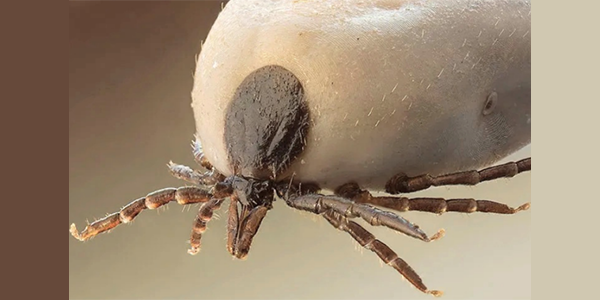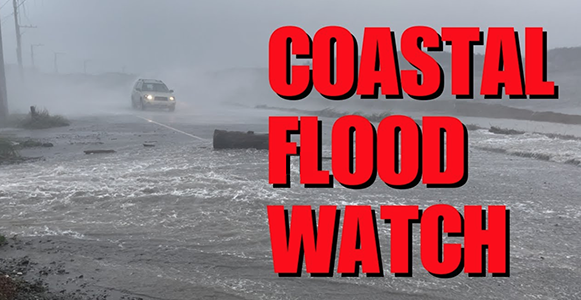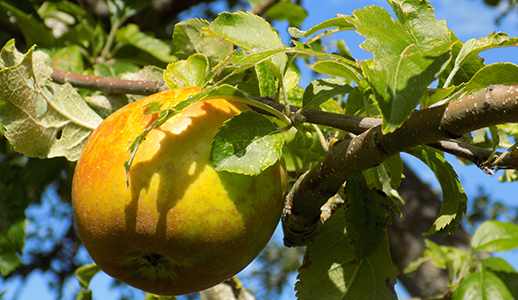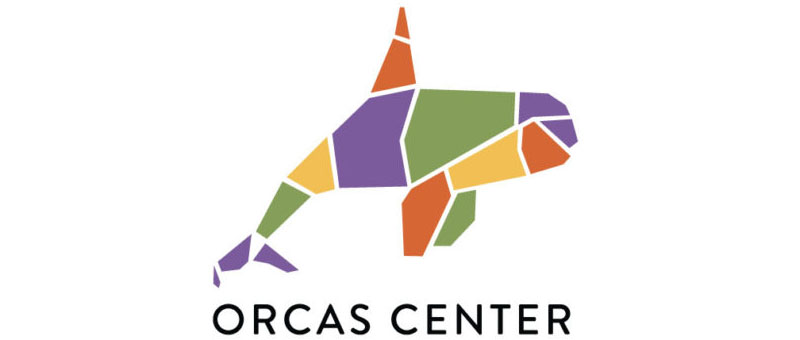||| FROM RUSSEL BARSH for KWIAHT |||
The avian flu saga continues to develop as highly migratory birds return to temperate North America this spring along the Pacific Flyway from wintering grounds in Central and South America. The risk to wildlife and domestic flocks in the islands could increase in the next four to six weeks, and continue into summer.
Despite a growing number of reports of the H5N1 virus spilling over to wild mammals, and a very small number of human cases, human-to-human transmission has not yet been observed.
Every clue to the evolving nature of H5N1 is important, so researchers at Kwiaht are asking islanders to report dead wildlife in several high-risk groups (migratory waterfowl, their predators and scavengers) so that they can be sampled and tested for H5N1, and disposed of safely out of reach of scavengers.
Kwiaht is partnering with the Washington Department of Fish and Wildlife, Washington Department of Health, and with Wolf Hollow Wildlife Rehabilitation Center. Samples are processed by the Washington Animal Disease Diagnostic Laboratory (WADDL) at Washington State University, Pullman.
Wild animals at greatest risk of contracting H5N1 are: (1) Ducks, geese, swans, gulls and other waterfowl that congregate at lakes, ponds, wetlands, and shorelines; (2) birds that prey upon, or scavenge waterfowl, including eagles and raptors, vultures, and ravens; (3) small mammals that prey upon or scavenge waterfowl such as minks, otters, foxes and raccoons.
Contact Kwiaht (info@kwiaht.org) as soon as possible if you find a dead bird or mammal, especially if it belongs to one of these high-risk groups for H5N1, and exhibited symptoms such as cloudy eyes, vomiting, severe respiratory distress, neurologic problems (head tilt, balance issues, unsteady gait) before it died.
Be sure to describe the location. A phone photo with your email would also be helpful. Avoid handling the carcass yourself. Covering it with a plastic garbage bag, cardboard box or tarp will help deter scavengers. Keep pets and domestic animals separated from the carcass so that there is no possibility of contact with feathers, fur or excretions. Virus samples must be collected within a few days and stored in special media.
If you encounter a wild bird or small mammal that is still alive but appears injured, ill or disoriented, please contact Wolf Hollow at 360-378-5000. (If you encounter a sea lion, seal, or other marine mammal on the beach, call the Marine Mammal Stranding Network for a pickup, rescue or necropsy: 1-800-562-8832.)
The best general advice is to treat suspect wildlife as you would someone with an active case of the flu; which is to say, use a face mask, wash your hands, and keep your distance as much as possible.
Kwiaht is also still interested in specimens of ticks removed from people or pets. About one in ten ticks from the islands carries a parasite or pathogen that can affect people and other mammals such as dogs and cats. Nonetheless, the risk of infection is small if the tick is attached for hours rather than days. The peak tick season in the islands is February-to-May. As Kwiaht has previously reported, Lyme has not yet been detected in the San Juan Islands; however, the tick-borne parasite Babesia, which produces Lyme-like symptoms, has been identified in about six percent of island ticks, and is a growing concern.
Mail ticks to: Kwiaht, PO Box 415, Lopez Island WA 98261, with information on the date it was found, the host (human, dog, cat or another animal), the location where the tick was most likely encountered (such as 178 Rock Road, or Cascade Lake), and the name and email or phone number of the collector to whom any test results will be shared.
**If you are reading theOrcasonian for free, thank your fellow islanders. If you would like to support theOrcasonian CLICK HERE to set your modestly-priced, voluntary subscription. Otherwise, no worries; we’re happy to share with you.**








